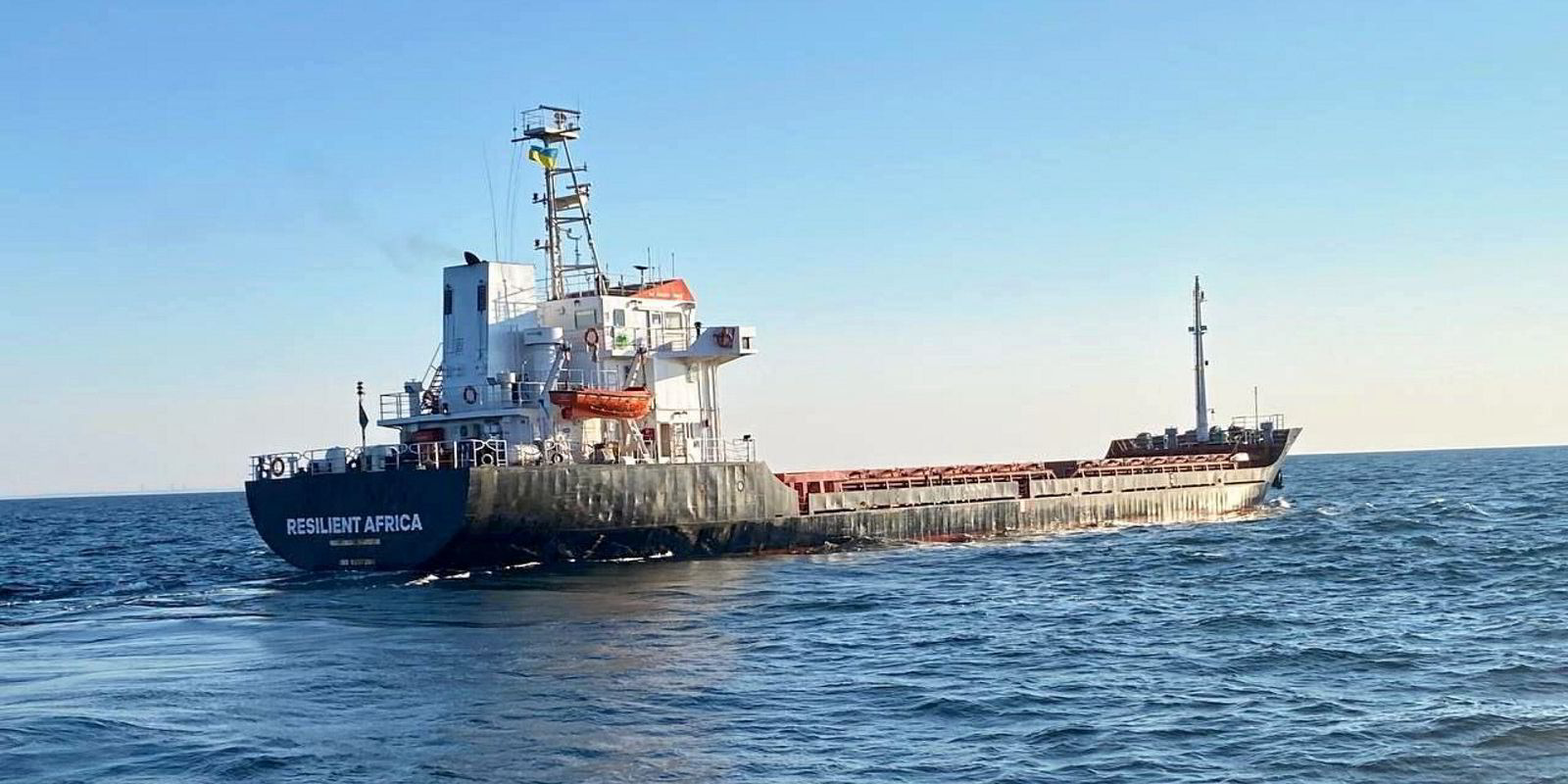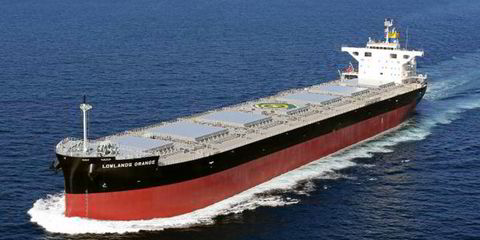The marine insurance market has started to gear up to provide war risk cover for Ukraine’s Black Sea grain shipments despite renewed targeting by Russia.
This week, a missile attack was launched on Odesa that put grain storage facilities out of operation and caused extensive damage to ships.
Yuzhny and Chornomorsk are the two Ukraine deepsea grain ports that remain accessible.
The attacks further increased the risk profile of the region for shipping.
Hopes were earlier raised that the trade could be restored following the collapse of the Black Sea Grain Initiative after five ships successfully sailed into Ukraine’s Black Sea ports to load grain.
Despite the concerns, broker Miller this week launched a new war risk policy backed by A-rated London insurers to cover grain exports.
Nick Summers, head of direct marine insurance at Miller, said the policy represented an “industry-wide solution” to facilitate Ukraine grain shipments.
The market is waiting to see whether the policy will reduce the current war risk rating of about 5% of insured values quoted in the commercial market for ships planning to sail to Ukraine.
Brokers said only minor discounts based on no claims performance are being offered at present.
The Miller policy allows underwriters to closely monitor the passage of insureds in the high-risk area, which runs the coasts of Romania and Ukraine, using surveillance technology provided by Clearwater Technology.
It will allow insurers to closely assess their exposure and manage risk to an extent that may help reduce rates.
For political reasons, Chinese or Turkish-managed vessels working on the trade may also be regarded as being of limited risk to attack from Russia.
Broker Marsh is also expected to announce its facility together with the London insurance market and with the support of the Ukrainian government.
This, too, could help add capacity and bring down rates.
Insurance brokers also suggest that mutual war risk underwriters are facing increasing enquiries from shipowner members interested in operating in the Ukraine grain trade.
While the war risk mutuals are still closed to Ukraine business, at the time of writing, the addition of their capacity might make war risk rates more workable.
The attraction of sky-high charter rates is encouraging shipowners to take on the risk to their ships and crew of sailing into Ukraine.
The cost of paying additional war risk premiums for vessels — and the additional wages for crew in high-risk areas — is usually carried by the charterer or shipper.
One negative is the current limits on war risk protection and indemnity cover, which started this year. Since February, the cover has been reduced from $500m to $80m in Russia, Ukraine and Belarus.
A major concern for shipowners would be that if a major casualty were to happen, or a ship is attacked, cover for third-party liabilities would be limited.






